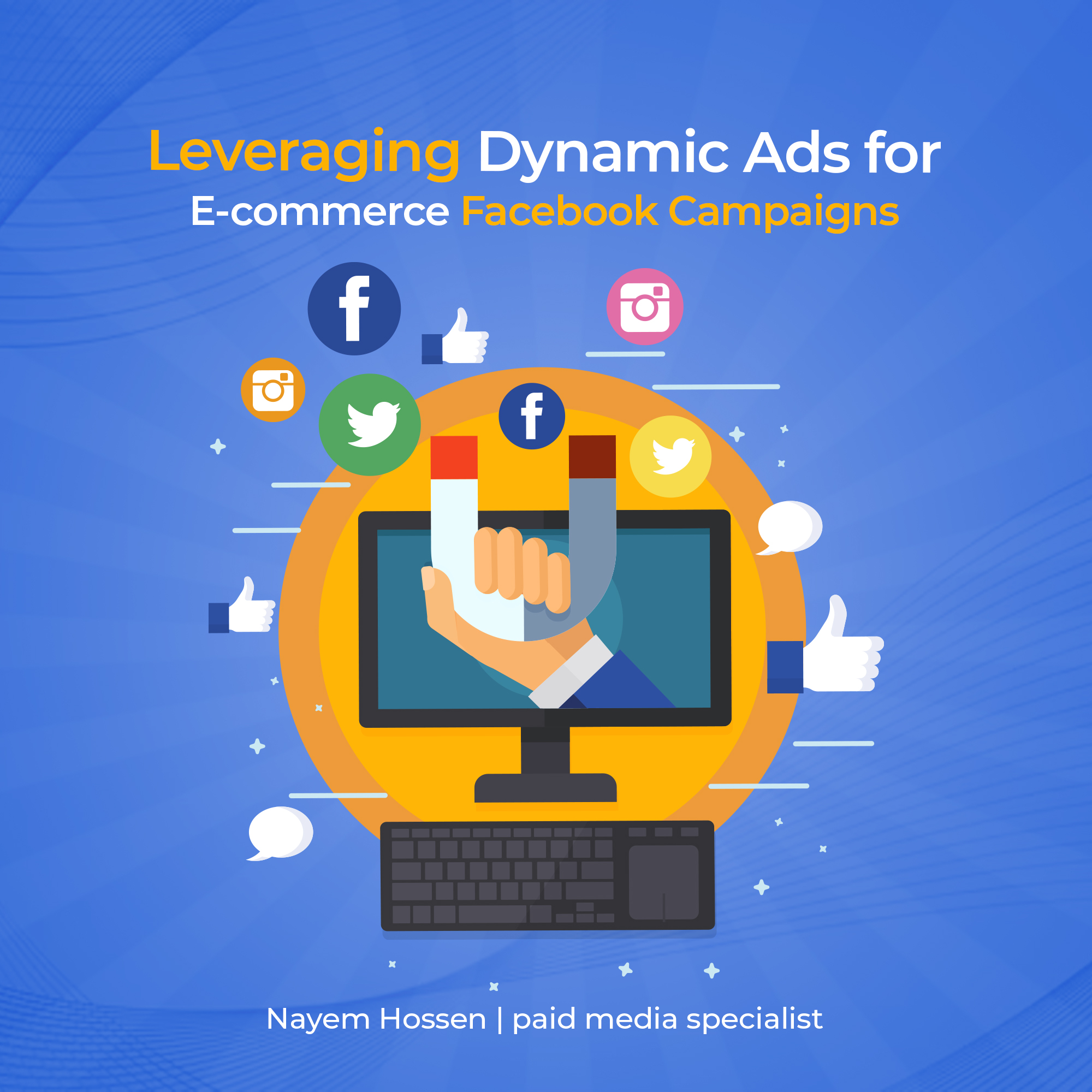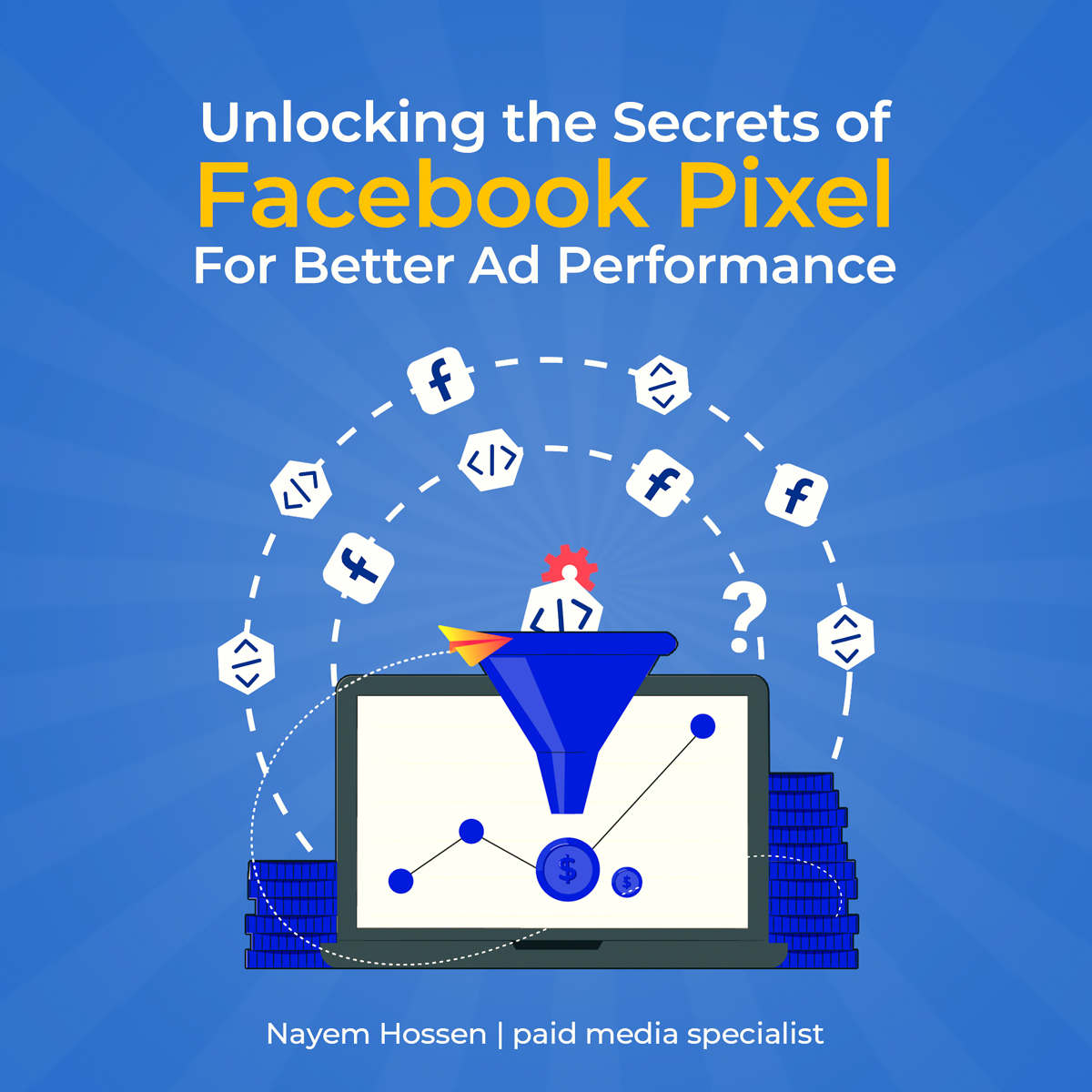Facebook has established itself as a formidable platform for reaching audiences, driving traffic, and generating leads in the ever-changing field of digital marketing. Businesses of all sizes may utilize its extensive advertising tools to reach a large user base and market their products or services. A typical question, though, is how many Facebook advertisements should be launched at the same time. Is there a magic number that ensures success? In this post, we look at the elements that determine the amount of Facebook advertisements that may run concurrently and tactics for finding the sweet spot for effective campaigns.
The One-Size-Fits-All Myth
Before we get into the details, it’s critical to remove the myth of a one-size-fits-all strategy. Every business is different, and many criteria must be considered when deciding the optimal quantity of Facebook advertisements to run. Budget, campaign objectives, target audience, ad content, and available resources are all aspects to consider. Instead of depending on a predetermined formula, a successful Facebook advertising plan involves careful consideration of these components.
Quality trumps quantity
While it may be tempting to overload the platform with advertisements, quality should always take precedence over quantity. Running a high number of advertisements at the same time does not ensure success; in fact, if not done correctly, it may have the opposite impact. Each advertisement you generate should be carefully planned, appealing, and suited to your target demographic. Rather of spreading your efforts thin across a plethora of poor commercials, prioritize crafting a smaller collection of high-quality ads that appeal to your target.
Identifying Your Goals
Before determining how many Facebook advertisements to run, you must precisely identify your campaign objectives. Are you wanting to enhance website traffic, brand exposure, lead generation, or sales? The intricacy of your objectives will determine the quantity of adverts you run. A campaign targeted at increasing brand recognition, for example, may necessitate a different approach than a campaign aimed at increasing sales. Outlining your objectives clearly will allow you to customize your marketing campaign properly.
Experimentation and A/B testing
The importance of A/B testing in digital marketing cannot be emphasized. Rather of focusing on a set quantity of advertisements, try experimenting with different versions to find what works best for your target demographic. A/B testing is developing many versions of advertisements with minor modifications, such as ad language, images, or calls-to-action, and analyzing their performance. You may obtain data-driven insights into which ad aspects resonate best with your audience through systematic testing, allowing you to adjust your approach over time.
Segmentation of the audience
The ability to accurately target certain demographics, interests, and behaviors is one of Facebook advertising’s primary advantages. You may use this capability to create several adverts that are customized to different audience segments. Rather of blasting a large audience with a single ad, you may create advertising that appeal precisely to the distinct tastes of different segments. This strategy frequently produces greater results since it connects more strongly with certain groups within your target audience.
Budget Distribution
The amount of adverts you may run concurrently is heavily influenced by your advertising budget. Running more advertising necessitates a higher budget in order to ensure that each ad receives enough exposure. It’s critical to create a balance between dividing your spending over several ads and giving enough resources to each one to achieve maximum reach and engagement. In certain circumstances, focusing on a smaller number of advertising with a greater budget to assure their performance may be preferable to spreading your spending too thin.
Monitoring and Improvement
The internet scene is ever-changing, and what works now may not work tomorrow. It is critical to continuously analyze and optimize your Facebook marketing efforts. Analyze the performance parameters of your advertising on a regular basis, such as click-through rates, conversion rates, and engagement levels. Make educated decisions about which advertising to pause, change, or invest more in based on this data. Maintaining a successful Facebook ad campaign requires flexibility and agility.
Gradual Scaling Facebook ads
If your early ad campaigns are doing well, you may want to explore increasing your efforts. Scaling, on the other hand, should be done gradually and strategically. Instead of drastically raising the amount of advertising all at once, release new ads gradually while closely analyzing their effectiveness. Scaling too rapidly can make it impossible to efficiently manage and optimize each ad, thereby diluting the performance of your overall campaign.
There is no one-size-fits-all answer to the question of how many Facebook advertisements to run at once. It is determined by a variety of elements specific to your company, goals, and resources. Rather than focusing on a precise quantity, consider the quality of your advertising, its fit with your campaign objectives, and your target audience’s preferences. A data-driven strategy involving A/B testing, audience segmentation, and continual optimization will assist you in determining the sweet spot for operating an effective Facebook ad campaign. Remember that it is not how many commercials you run, but how well you run them, that is important in reaching your marketing goals.




